I’ve worked in education for 30 years because I’m fascinated and inspired by a relationship that I think exists in the world’s most healthy and generative schools; children given space to figure out the adults they will become in classrooms where adults are tapping into the children that they themselves once were. There is no more precious place than where those two powerful perspectives converge, and it deserves to be celebrated, honored, and understood.
In my role as director of the associate teacher program I am humbled daily by the commitment and reflective practice it takes to be an effective teacher who truly works in the service of students whether those students go to public, private, or charter schools. Great teaching is an artat the same time, I believe firmly that teachers are not born. Teachers are made. The best teachers are those who are never finished reflecting, and who continue to ask questions of themselves, their colleagues, and their students in order to improve and think deeply about best practice.
I’m often asked to define what good teaching is and is not, but there are as many ways to teach as there are students who want to learn or who have yet to understand how to learn. The common thread isn’t in the teaching of the material, but in the knowing of all the humans in the room be they students or teachers. Once you know yourself and your students, you can begin to think about how best to engage everyone in learning. Our cohort of associate teachers knows this to their very core this year. Open, reflective, fun, creative, student-focused, and supportive of each other, our associates are the kind of people who students everywhere deserve.
Our program is 26 years-old this year, which means that our school has mentored and supported hundreds of educators who now teach and lead in classrooms and schools across the country. If we pause to think about how many students have been impacted by those associates who have gained their sea legs here at BDS, our numbers move up into the thousands. The ripple effect is pretty profound, so we think carefully about what good and effective teacher preparation looks like.
In a professional development session with mentor teachers this fall, we discussed what aspiring educators need to grow and define their teaching, and our mentor teachers agreed that patience, empathy, reflection, time, and plenty of space for conversation and guided practice were essential. They spoke about the importance of nurturing associates to be as flexible, inquisitive, observant, and reflective as possible since these habits of mind are what will serve them “out in the field” for years to come. The chance to hone their craft in a community such as Belmont Day School builds our associate teachers’ capacity to be confident, compassionate educators who know that believing in the potential of each and every student is essential.
As one of those people who often looks up at the stars on clear nights, I’ve been thinking more recently about all that I can’t see that I know is out there just the same, but not visible to the naked eye. When we step into a classroom to observe an associate teacher, there are countless elements that are visible that can be measured, but I am constantly reminded to reflect on all that we can’t see too: teacher planning, the overall curriculum design, the assessment taking place in the teacher’s head in the moment, the multiple understandings that each student may or not have throughout the lesson, organizational systems put in place at the start of the year, the foundational beliefs that students have about themselves, the teacher’s own experience as a student.
Someone once told me that 80% of a teacher’s curriculum comes through the door each day, which is what makes the job such a hard one, but also what makes it perhaps one of the most important and satisfying ones too. By engaging in the work of preparing teachers, our own teaching practice improves and evolves in rich and healthy ways if we are willing to do what we ask our associates to do: be open, flexible, inquisitive, and see the potential in the ideas and people around us.




